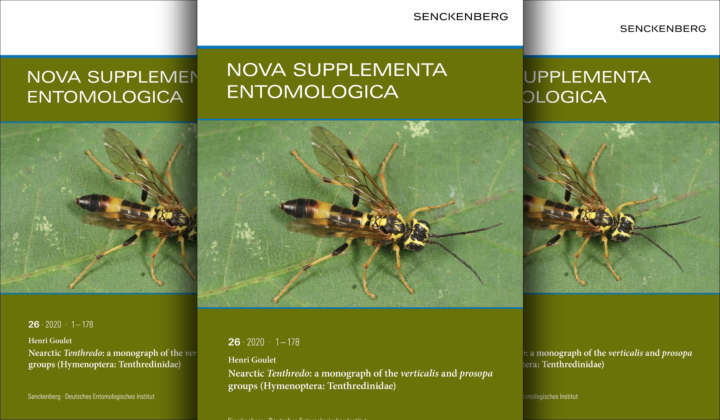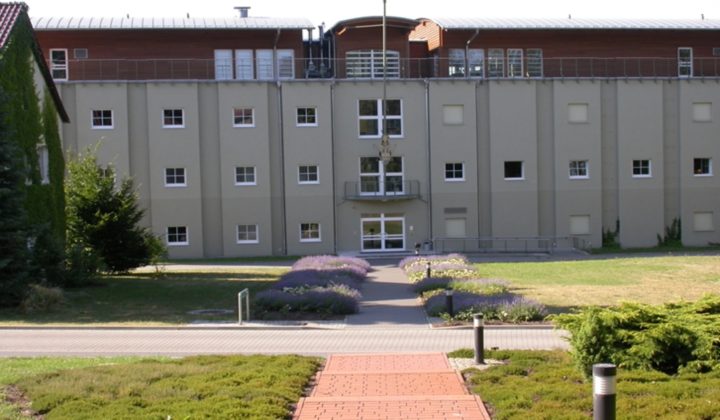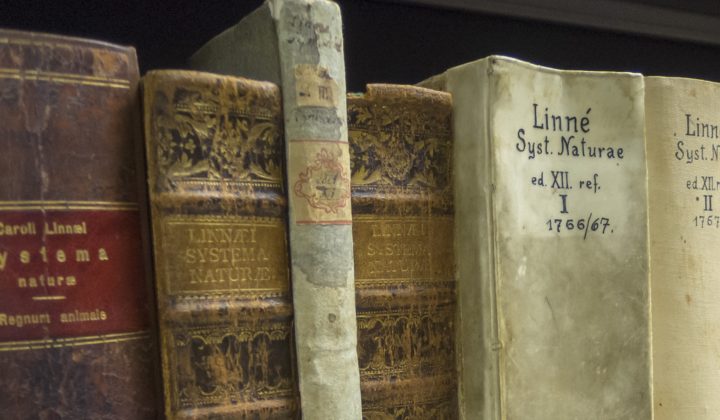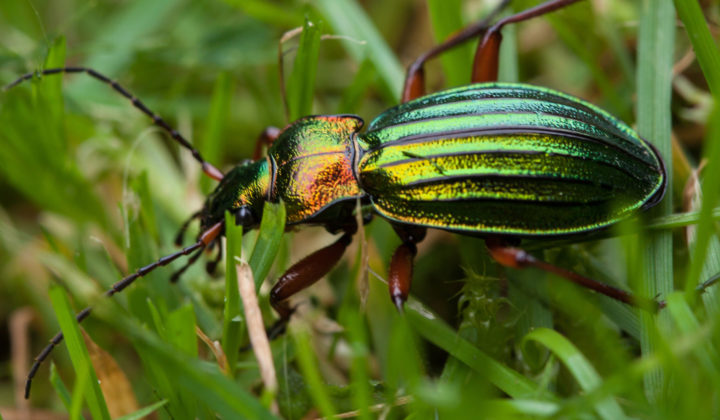Nova Supplementa Entomologica
Instructions for authors
Manuscripts must meet current scientific standards and comply with the rules of The International Code of Zoological Nomenclature. Authors are responsible for scientific content, style and language of their paper. Before being accepted, all papers are refereed both by members of the editorial board (subject editors) and co-opted specialist referees (peer review).
Structure of the manuscript
Title of the paper (at least in the language of the paper and in English);
higher systematic category, e. g.: ([order: family{: further taxon}], {other taxon});
number and kind of illustrations, tables, etc., e. g.: With [number] figures{, plates, tables, maps, etc.};
the author’s full name, e. g.: [first name surname{, …, and first name surname}];
concise summaries in at least German and English;
keywords, e. g.: [keyword{,_keyword, … ,_keyword}];
new taxa, e. g.: [taxon sp. n.{, …, taxon sp. n.}]
text of the work (see manuscript preparation, illustrations, tables, and literature cited);
references (see literature cited);
author’s address, e. g.: [first name surname, street number, zip code place, state, {email address}]
Manuscript preparation
Papers should normally not exceed 50 printed pages. The text should be submitted as continuous text (preferably WordPerfect, Microsoft Word, RTF, or ANSI). The text must be left-aligned and without indentations. Paragraphs must be closed with a forced line break. Chapters must be introduced as well as closed with a forced line break. Scientific names of genera and species (including plant names) are to be in italics, names of authors in large and small capitals. Species should be named completely (e. g.: [taxon] [Author], [year]) at least once in the paper. Text citations of collection labels (locality, collector, identification) and personal names are in normal type.
Nomenclatural alterations should be abbreviated as gen. n., sp. n., syn. n., comb. n. etc. and collections according to the „codens“ from „Abbreviations for Insect and Spider Collections of the World“. Several special characters are to be substituted with e. g.: #w for ♀, #w#w for ♀♀, #m for ♂, and #m #m for ♂♂.
Illustrations
Illustrations should be submitted as original line drawings or photographs (size up to A3) or as separate files (drawings 1200 dpi, monochrome photos 600 dpi, colour photos 300 dpi in the size for publication and in loss-free formats). It is recommended that illustrations are arranged as plates (13 × 19 cm). The placement of text-figures should be indicated on the manuscript as #fig.[number]. Colour plates can be provided at the authors’ expense; on request the editor will advise on the cost.
Tables
Please design tables as simply as possible, because we have to reset them. Figure legends and table headers must be submitted on a separate sheet.
Literature cited
References in the text are to be cited as … ([Author year]) …, … ([Author et al. year]) … or … as [Author] ([year]) mentioned … .
Journal titles should not be abbreviated in the references if at all possible. Use for guidance the online database “ZDB database for serial titles“. Please use the following formats.
papers from journals and series:
[Author {, Author & Author}] [year]: [title] – [journal, place] [volume]([number]): [pages] {, [figures]}
monographs:
[Author {(ed.)}] [year]: [title] – {[edition etc.], }[publisher, place] : [pages] {, [figures]}
chapters in books:
[Author] [year]: [title] In: [Author] [year]: [title] – {[edition etc.], }[publisher, place] : [pages] {, [figures]}
Miscellanea
Authors receive 20 reprints and one pdf file free of charge.
Legend: [ ] = insert data, { } = optional data.




